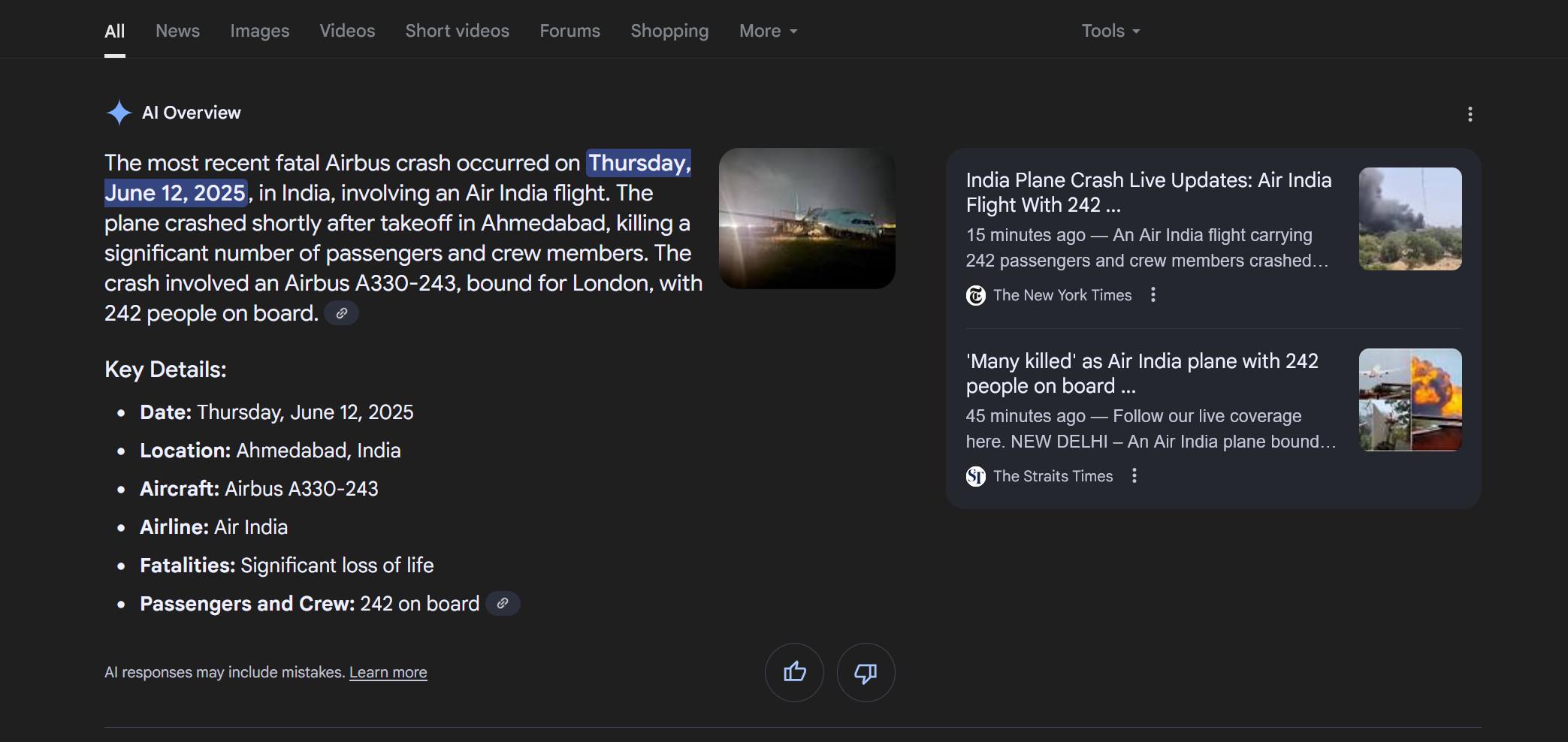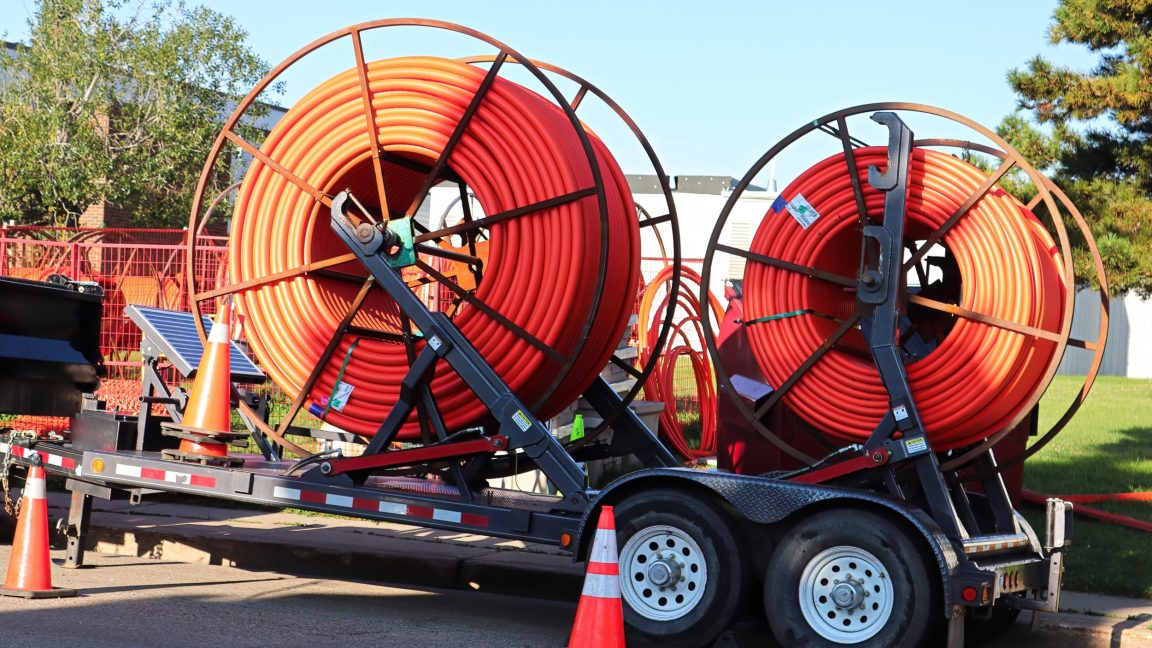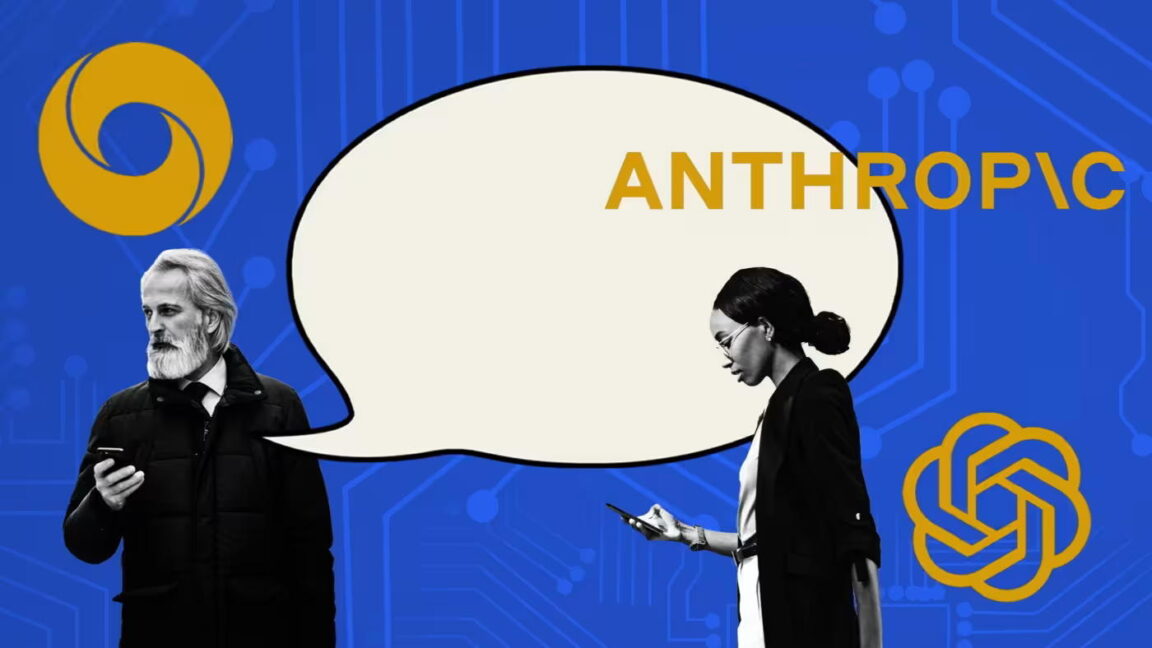The Federal Trade Commission is reportedly pitching a merger condition that would forbid advertising agencies from boycotting platforms based on political content, in a move that could benefit Elon Musk's X social network and President Trump's own Truth Social platform.
As the FTC reviews a proposed merger between Omnicom Group and Interpublic Group, two large ad agencies, The New York Times reported yesterday that a "proposed consent decree would prevent the merged company from boycotting platforms because of their political content by refusing to place their clients' advertisements on them, according to two people briefed on the matter."
This is one of several moves the FTC has reportedly made to discourage ad boycotts that have riled conservatives. The FTC currently has only Republican commissioners because President Trump fired both Democrats, who allege in a lawsuit that the firings were illegal. Trump also declared sweeping executive power over the FTC and other agencies that were created to operate independently from the White House.
On Monday, the FTC sent civil investigative demands to Omnicom, Interpublic, and several other large ad agencies "as part of an investigation into whether advertising and advocacy groups violated antitrust laws by coordinating boycotts of certain sites, including Elon Musk's X," The Wall Street Journal reported.
The FTC also "demanded documents from Media Matters about possible coordination with other media watchdogs accused by Elon Musk of helping orchestrate advertiser boycotts of X," Reuters reported on May 22. X has a pending lawsuit against Media Matters and another against the World Federation of Advertisers (WFA) and several large corporations. Law professors have said that advertisers have a strong defense under the First Amendment, but Musk's firm reportedly cajoled some companies into buying ads by threatening to sue them.
FTC chair alleged “serious risk” from ad boycotts
After Musk's purchase of Twitter, the social network lost advertisers for various reasons, including changes to content moderation and an incident in which Musk posted a favorable response to an antisemitic tweet and then told concerned advertisers to "go fuck yourself."
FTC Chairman Andrew Ferguson said at a conference in April that "the risk of an advertiser boycott is a pretty serious risk to the free exchange of ideas."
"If advertisers get into a back room and agree, 'We aren't going to put our stuff next to this guy or woman or his or her ideas,' that is a form of concerted refusal to deal," Ferguson said. "The antitrust laws condemn concerted refusals to deal. Now, of course, because of the First Amendment, we don't have a categorical antitrust prohibition on boycotts. When a boycott ceases to be economic for purposes of the antitrust laws and becomes purely First Amendment activity, the courts have not been super clear—[it's] sort of a 'we know it when we see it' type of thing."
We contacted the FTC about the merger review today and will update this article if it provides any comment.
X’s ad lawsuit
X's lawsuit targets a World Federation of Advertisers initiative called the Global Alliance for Responsible Media (GARM), a now-defunct program that Omnicom and Interpublic participated in. X itself was part of the GARM initiative, which shut down after X filed the lawsuit. X alleged that the defendants conspired "to collectively withhold billions of dollars in advertising revenue."
The World Federation of Advertisers said in a court filing last month that GARM was founded "to bring clarity and transparency to disparate definitions and understandings in advertising and brand safety in the context of social media. For example, certain advertisers did not want platforms to advertise their brands alongside content that could negatively impact their brands."
GARM's goal was to define what counts as "violent" or "obscene" content, because "these concepts are unclear and extraordinarily subjective... GARM sought to end this confusion and create a transparent, brand-safety framework free from the ambiguities of what, for example, advertisers meant when using the term 'violence.' In short, GARM created a common 'language' that the relevant industry could use," the filing said.
The World Federation of Advertisers, which is a Belgian nonprofit, is trying to get X's lawsuit dismissed by arguing that the US District Court for the Northern District of Texas is an improper venue for the lawsuit.
Democrats questioned Musk’s influence over merger
Senate Democrats have raised concerns about Musk potentially using his position as a special government employee to block the Omnicom/Interpublic merger unless advertisers spend more on X.
"There has been reporting that Interpublic received a call from a lawyer at X threatening that if Interpublic did not get its clients to spend more on ads on Musk's social media platform there would be consequence," five Senate Democrats wrote in a March letter to Ferguson. "This reporting states that X's CEO, Linda Yaccarino, made similar warnings in conversations with executives of the advertising company. Interpublic has reportedly interpreted these communications to mean that Musk will leverage his influence over President Trump to stall or block Interpublic's $13 billion deal to merge with advertising competitor Omnicom Group."
X could "be attempting to strike a quid-pro-quo deal, pressuring Interpublic to get its clients to spend a certain amount on advertising on X in exchange for directing President Trump to use his antitrust enforcement agencies to allow Interpublic's merger with Omnicom to proceed," the letter said. The Democrats sent a similar letter to Attorney General Pam Bondi. Musk's time as a special employee in the Trump administration ended in late May.


 In this search, Google's AI says the crash involved an Airbus A330 instead of a Boeing 787.
Credit:
/u/stuckintrraffic
In this search, Google's AI says the crash involved an Airbus A330 instead of a Boeing 787.
Credit:
/u/stuckintrraffic



